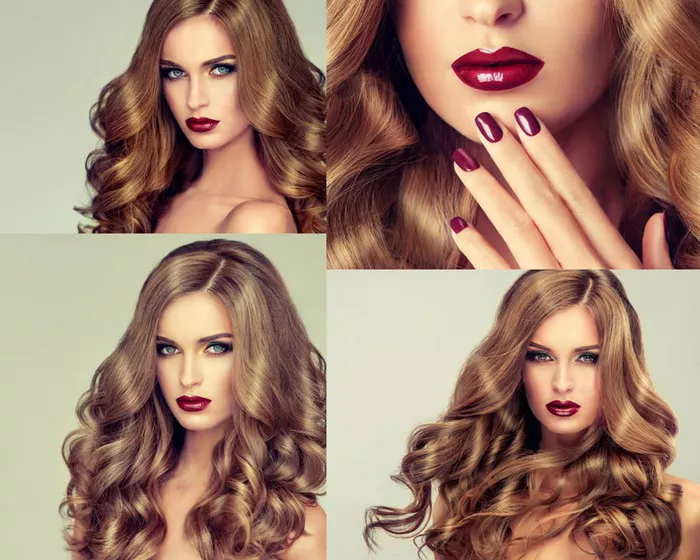In the wake of Director Blitz Bazawule’s adaptation of “The Color Purple,” a film that pays homage to Alice Walker’s groundbreaking novel and Steven Spielberg’s 1985 classic, the production has earned the second-highest domestic opening for a Christmas day release. Focused on resilience amidst trauma, racism, and tragedy, the film unfolds the poignant journey of Celie Harris, portrayed by Fantasia Barrino, as she navigates years of adversity in search of belonging and happiness.
Integral to the success of this musical rendition is Lawrence Davis, the Hair Department Head, who collaborated closely with Bazawule to bring authenticity to the characters’ appearances spanning different eras. In an exclusive interview with The Credits, Davis delved into the intricacies of his role and the challenges faced in maintaining the essence of the original while introducing a fresh perspective.
Evolution of Celie’s Hairstyles Reflecting Personal Growth
Discussing the transformation of Celie’s character, Davis outlined the meticulous process of representing her growth from a traumatized young girl to a confident woman. Notably, Celie’s empowerment journey is symbolized through her evolving hairstyles, a shift marked by her friendship with jazz singer Shug Avery (Tara P. Henson). Davis draws inspiration from classic films, citing Lena Horne’s style in “Swing Fever” as a reference for the character’s newfound glamour.
Fantasy Sequences and Stylistic Innovation
Davis shed light on a pivotal scene where Celie imagines performing with Shug, emphasizing the innovation involved in crafting her hairstyle for that moment. Describing the meticulous process, he explained how he transformed Celie’s original kinky wig into a glamorous flapper look, incorporating figure-eight curls and finger waves for an elegant finish.
Challenges and Triumphs in Hair Design
Addressing challenges faced during production, Davis discussed the importance of maintaining consistency in dancers’ looks during the jukejoint scene. He highlighted strategic techniques, such as anchoring pins and hats into wigs, to ensure durability during dynamic dance sequences. Additionally, he shared insights into the trial-and-error process of achieving the right look for Danielle Brooks’ character, Sofia, as she emerges from jail, emphasizing the need for a natural yet grayed appearance.
Authenticity in African Scenes and the Role of Education
Delving into the depiction of tribal scenes in Africa, Davis emphasized the significance of authenticity. Collaborating with Bazawule, who provided cultural insights, the team overcame challenges related to dreadlocks, ensuring accuracy in portraying traditional tribal dress. Davis suggested a revamp of cosmetology education to include more information on ethnic and naturally curly hair, underscoring the need for additional courses in unions to better cater to diverse performers.
Addressing Long-Standing Issues in Hair Care for People of Color in Hollywood
In concluding remarks, Davis touched upon persistent challenges in the industry, citing historical instances of actors struggling to find competent stylists for textured hair. He advocated for a reevaluation of cosmetology education and the necessity for unions to offer more courses on natural hair care, echoing the need for an industry-wide shift towards inclusive and informed practices.


